Some time ago I was able to spend several weeks in Bolivia. I was there for a wedding in Santa Cruz, but I also took the opportunity to visit La Paz. I really enjoyed the trip, so I thought I’d put together a guide to spend a few days in La Paz and taking full advantage of the richness of this fascinating city. Find in the blog post what to do in la Paz.
You can also check my vlog in La Paz to see more ! Don’t forget to follow me on Instagram, Youtube and Pinterest !
My other blog posts about Bolivia:
- Everything you need to know for a successful trip in Bolivia
- Ultimate guide for a few days in Santa Cruz de la Sierra, Bolivia
- The best restaurants, cafés and bars in Santa Cruz, Bolivia
- Must-try food in Bolivia
- Ultimate guide to Lake Titicaca
- My 5 essentials for a light and serene trip

To know about La Paz, Bolivia
- La Paz, lies at an altitude of 4100m. This makes it the highest administrative capital in the world. You’ll probably feel it straight away when you arrive at the airport. This was the case for me, I really felt like I was losing my balance.
- It’s colder than in other parts of the country (the shock was brutal when I arrived from Santa Cruz). It’s even very cold at night, so remember to bring a sweater.
- Cash is king; you can also pay in US dollars, but bills must be in excellent condition to be accepted.
- I was surprised, so I’ll warn you. It gets dark quite early in La Paz, summer and winter alike. From 6.30pm onwards, the sun sets.
Where to sleep in La Paz
First step in this guide to a few days in La Paz: where to sleep? I’d recommend staying in the city center so you can easily visit on foot. I’ll share with you our Airbnb, we had 3 rooms, super well located, with a super beautiful view of the city. You can see it in my vlog here. Airbnb link. It’s also close enough to the bus hub to get there on foot.

What to do in La Paz ?
Mirador Killi Killi
Impossible not to suggest this place in this guide to a few days in La Paz. If you want to get a feel for the city, it’s a lovely place to visit. When I visit a city, I like to see it from a higher point to get a feel for how the city is made up. It helps you get your bearings. You can clearly see that the city of La Paz is located in a basin. We decided to go there by cab and then walk back down.
Take the teleferico
If today, as a tourist, we see the La Paz cable car as a fun way to get around, allowing us to see the city from above, it’s a huge change for the inhabitants of La Paz and El Alto. But above all, it’s a project that has taken decades to complete. La Paz and El Alto are two very close cities, but the journey between them has always been complicated by the 400m difference in altitude between the 2. It was impossible to create a metro system to help people get around faster and avoid streets already too busy with traffic.
As early as the 70s, the possibility of creating an aerial cable transport system was considered. Until the early 90s, the project was limited to a single line. It was then that a mayoral candidate proposed expanding the project. Over the years, the project was constantly revised and postponed. It wasn’t until 2014 that the first line (the red line) opened. At the time of writing, there are 10 lines, each named after a colour! A little anecdote: the first 3 lines are the colours of the Bolivian flag: red, yellow and green.
If you’d like to find out more, I recommend this article. We used the teleferico to get around the city and to give us a bit of a break if, like me, you have trouble with altitude, you’ll appreciate it. What I liked about it is that it runs continuously, so you don’t have to wait for the train like in the metro. You queue up and you can hop straight onto one of the eggs, a bit like skiing!

Mercado de las Brujas
Understand the witches’ market. This is a district in downtown La Paz that’s well worth a stroll. It’s full of small local stores. Beware sensitive souls, you’re bound to see dried toads or … dried llama fetuses. I was quite surprised, as you may be. I was intrigued, so I did some research. Between that and the discussions I had in the stores, I learned that many of the products on sale were used in the Aymara culture to make offerings to the gods, and for protection. As for the llama fetus, tradition says that you should bury it on the grounds of your house to protect yourself and guarantee good fortune. It’s a very spiritual area that will teach you a lot about the local culture.
Strolling the colorful streets of Chualluma
This colourful neighbourhood is a must-see. But I warn you, it’s high. If you’re like me, you may need a LOT of breaks. If you’re not, but someone else is: be patient, it’s not a fun feeling.
The district is very colourful and easy to spot if you take the cable car above it. But before you visit this district, it’s important that I tell you the story behind it. Because it’s not “just” about colorful walls. This district, which is mainly home to the indigenous Aymara community, was affected by poverty, violence and alcoholism. In 2019, it was one of the beneficiaries of the “Mi Barrio Mi Hogar” (My Neighbourhood, My Home) project. With the help of Bolivian artist Knorke Leaf, a group of residents assisted by professional artists brought the neighbourhood back to life. The colourful walls tell the story of these residents, bringing light and joy with their bright colours. The residents hope to attract tourists to help the local economy. You can learn more here.
La Plaza Murillo
The center of the country’s political life, with the presidential palace on one side and Congress on the other. Home to the country’s two legislative assemblies. If you take a closer look at the clock on the Congress, you’ll see that it’s the opposite of the clocks we usually see. The hands go to the left and the 1 is also on the left. According to the information I was able to find, the clock was reversed in 2014. According to the government, it represents the symbol of political change and invites Bolivians to think differently and outside the box. To change the things we’re used to seeing or doing in the same way.
You’ll also see a flag with a 7-colour checkerboard that intrigued me (you can see it in my vlog, but I don’t have any photos!). It’s a Wiphala, which is a sacred symbol of the indigenous peoples of the Andes. Each colour has a meaning, for example, red represents the earth. The origins of this symbol are not very clear, but today it can be found in Bolivia, Ecuador, Peru and Colombia.

Old central train station of La Paz
The Ferrocarriles de la Paz main station was built in 1930, as part of the second phase of expansion of the Arica La Paz line. Following Chile’s victory over Bolivia in the War of the Pacific in 1883, Chile agreed to build this train network linking Chile and Bolivia. It gave Bolivia access to the ocean for importing and exporting goods. Unfortunately, in 2001 the line was badly damaged on the Chilean side by severe weather. Despite repairs, travel was halted a few years later when the company went bankrupt. On the Bolivian side, the rails between El Alto and La Paz were removed in 1997, making travel impossible.
Today, the old station is used as a cable car station. Since 2019, it has also been a cultural center. Stop off here for the beauty of the architecture!
Calle Jaén
We continue to discover a little more of the city’s history in this guide to a few days in La Paz by exploring Jaén Street. It has preserved its colonial style and is known for having the highest concentration of museums. A great way to learn more about La Paz’s rich history.

Basílica de San Francisco
The Basilica of San Francisco. Built in 1548 by Fray Francisco de los Angeles, it has a rich history. Unfortunately, around 1610, part of the building was destroyed by a heavy snowstorm. It wasn’t until between 1743 and 1772 that it was rebuilt. The square in front is a popular venue for events. Ask around and you may be able to take part in some of the local events. During my stay I saw that they were installing something, but I didn’t know what.
Barrio Sopocachi
Our guide to spending a few days in La Paz continues with a visit to a more dynamic district. If you’re looking for a lively neighbourhood to party in at night, I recommend the Sopocachi district. For the record, this neighbourhood was La Paz’s first expansion at the beginning of the 20th century, when the city had to be enlarged. It became a bohemian district thanks to the presence of artists and the construction of the School of Fine Arts.
Plaza San Pedro
Also known as Plaza Sucre, this is a square in the heart of the city of La Paz. It was built in the 17th century and served as a gathering place for the surrounding community. The square is full of history that will allow you to learn a little more about the city of La Paz.

Vallee de la Luna
It’s one of the most surprising places I’ve ever seen. For this visit, you’ll have to leave the city, as the Vallee de la Luna (Moon Valley) is located some ten kilometers outside La Paz. You’ll discover a lunar landscape. Erosion has turned the rock formations, mainly composed of sandstone and clay, into craters and obelisks. In fact, it was astronaut Neil Armstrong who named this place La Vallee de la Luna after his visit to La Paz in 1969.
You have several options for getting there:
- Get there by bus. Information is available at the main station.
- By cab. You’ll find them just about everywhere in town. Ask for several prices, there can be a big difference. And negotiate. That’s the option we chose, and it took us 30 mins by car.
- Book a guided tour that includes the trip. There are several options on Viator. I’ve used this site several times during my travels and have always had good experiences.
Please note that the venue closes at 5pm. You need to buy a ticket at the entrance. Prices vary between locals and tourists. It’s also very hot, so don’t forget to take water.
If you’re in the area, you might also like to see La Vallee de las Animas and El Laberinto de Gigantes.
I hope this guide has helped you prepare for your few days in La Paz. In any case, I really enjoyed my stay! Don’t hesitate to check out the travel section of the blog if you have other trips planned. I’m French, based in Canada, so you’ll find a lot of content about Toronto, for example.
Don’t forget to join me on Instagram, Youtube and Pinterest for more content.


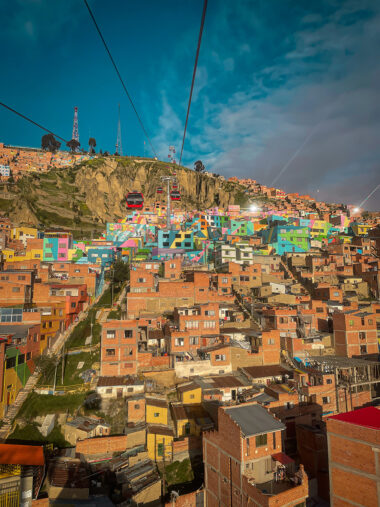






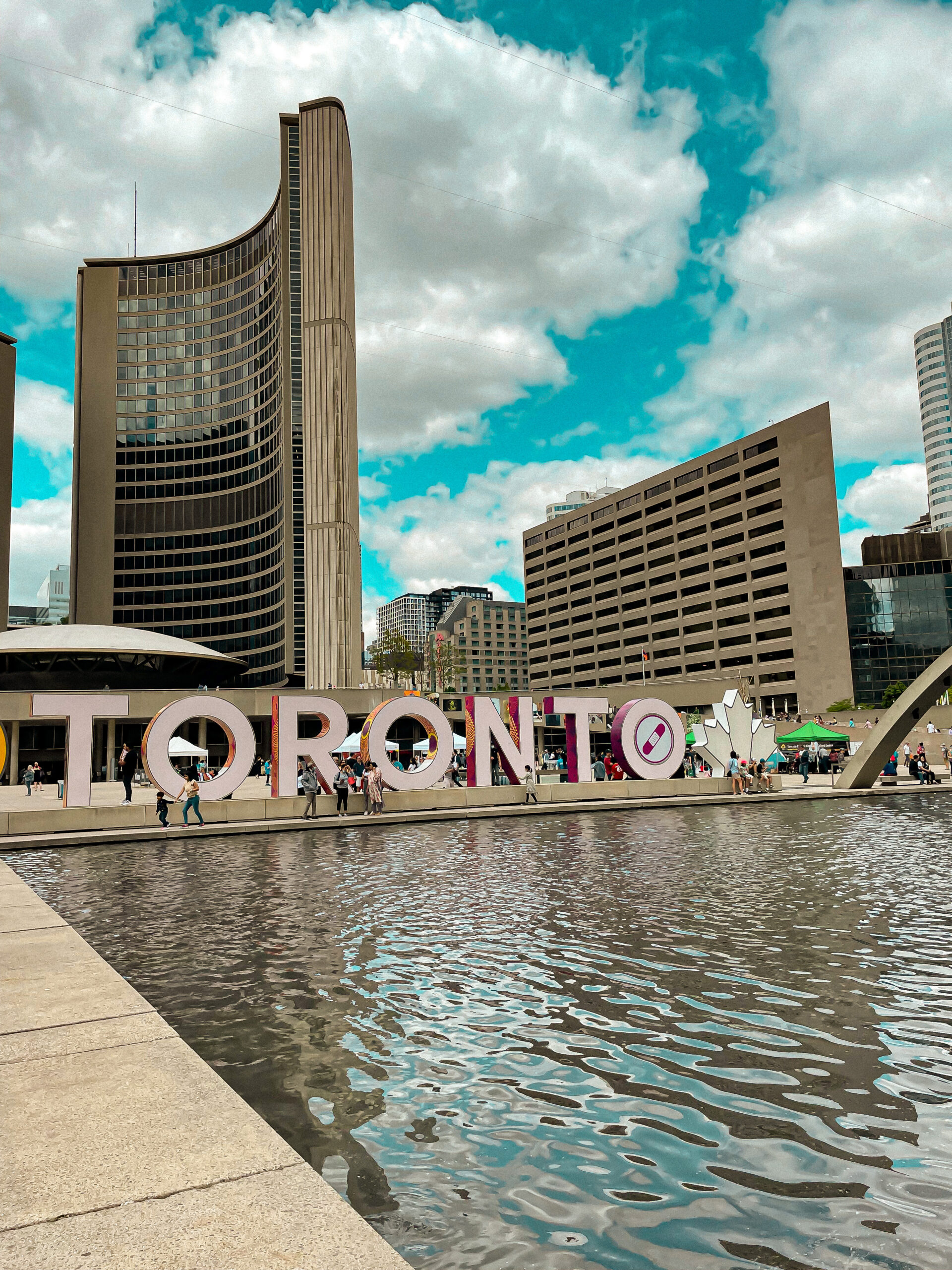


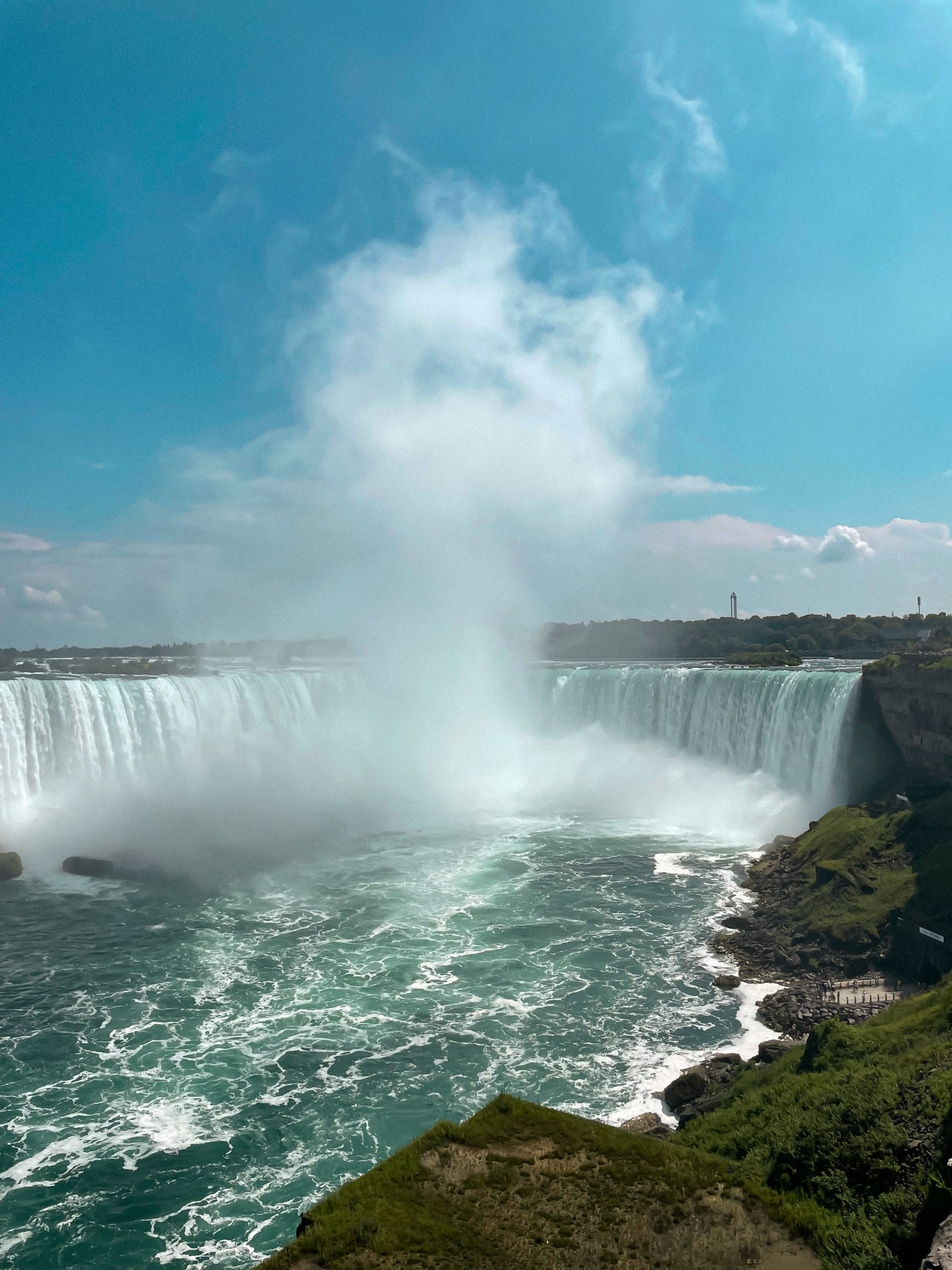
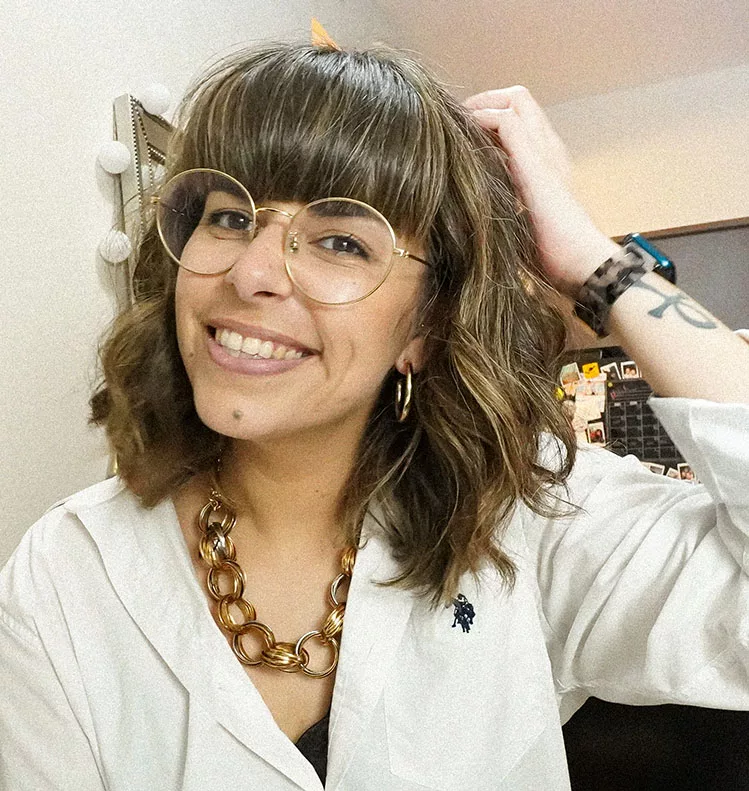
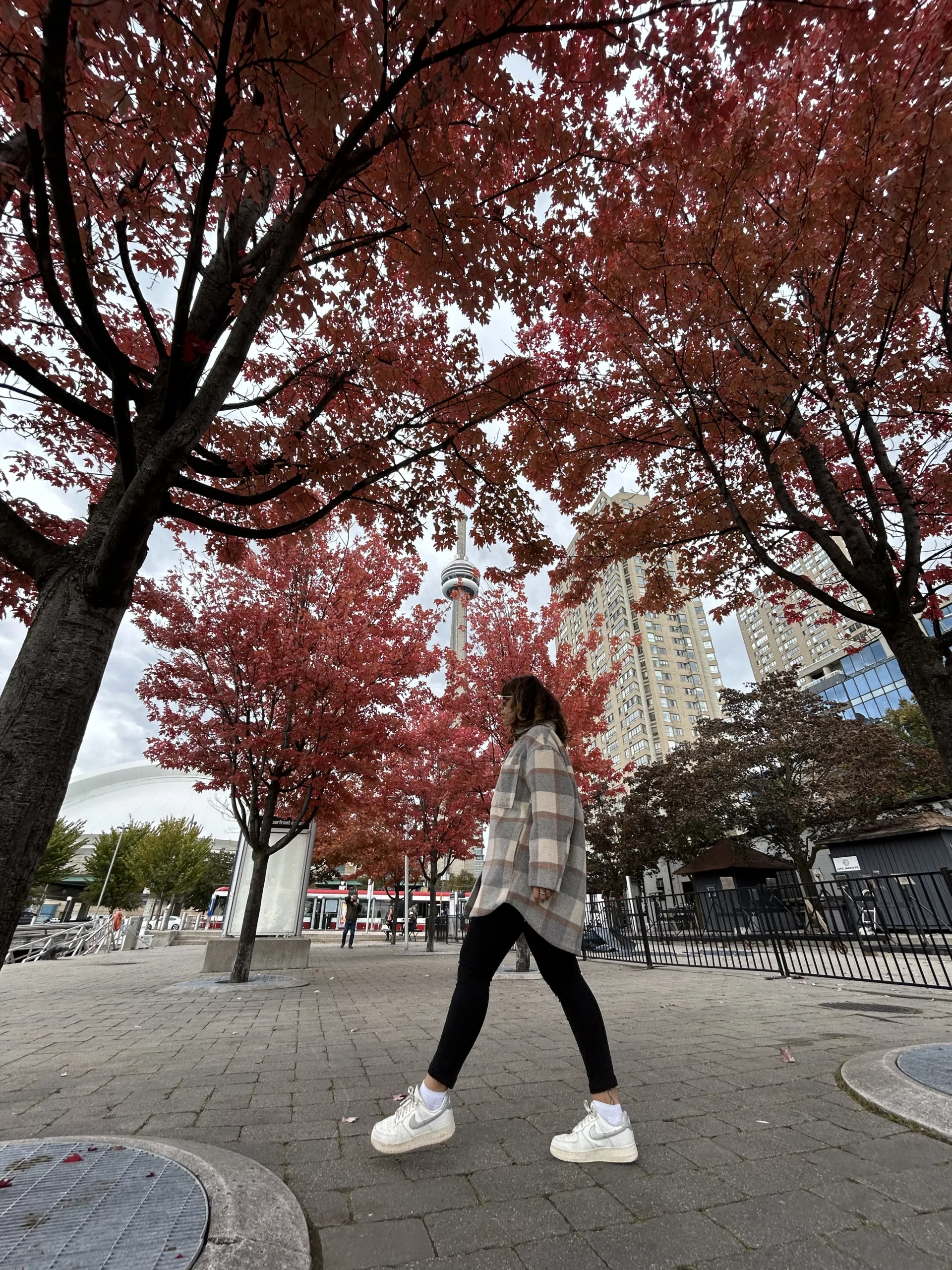
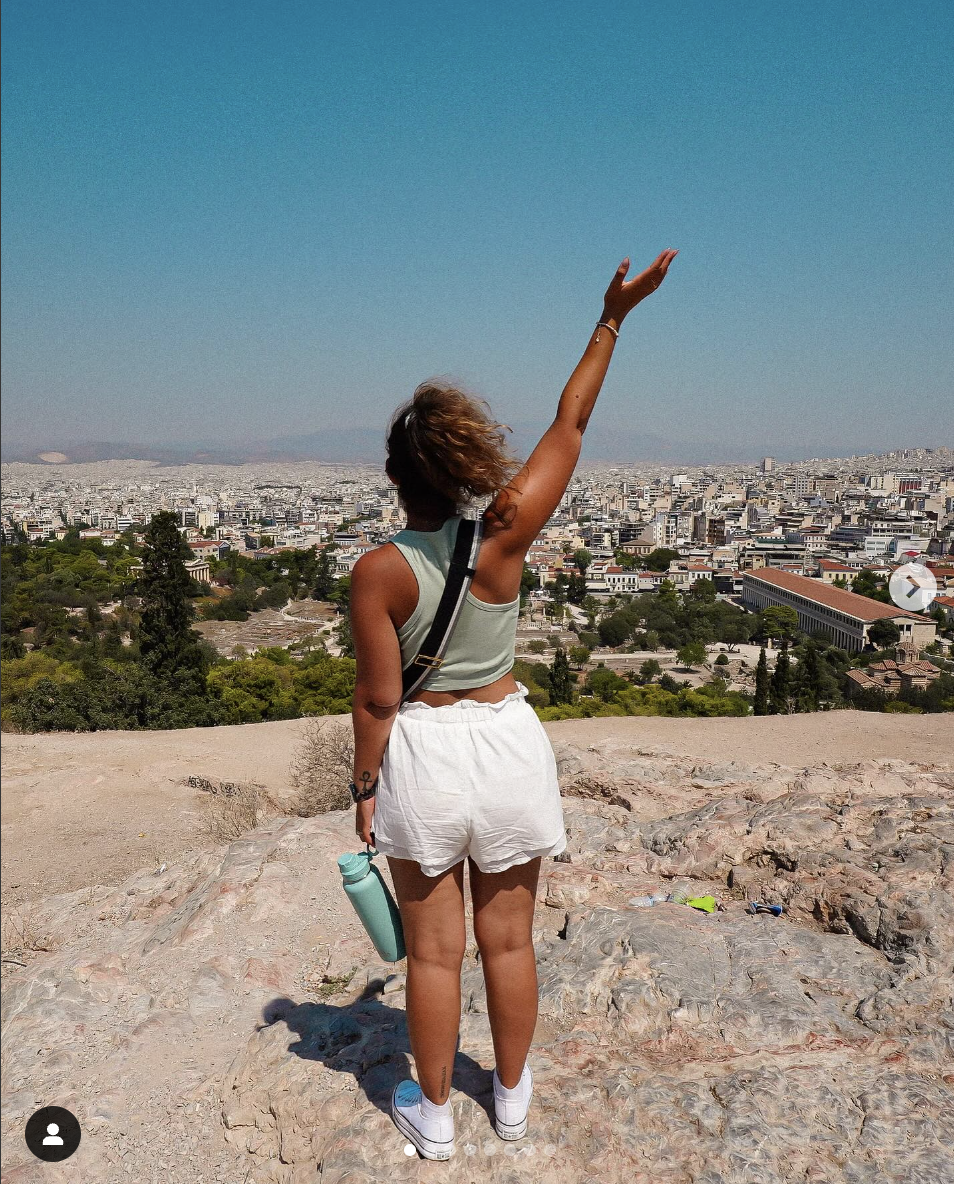
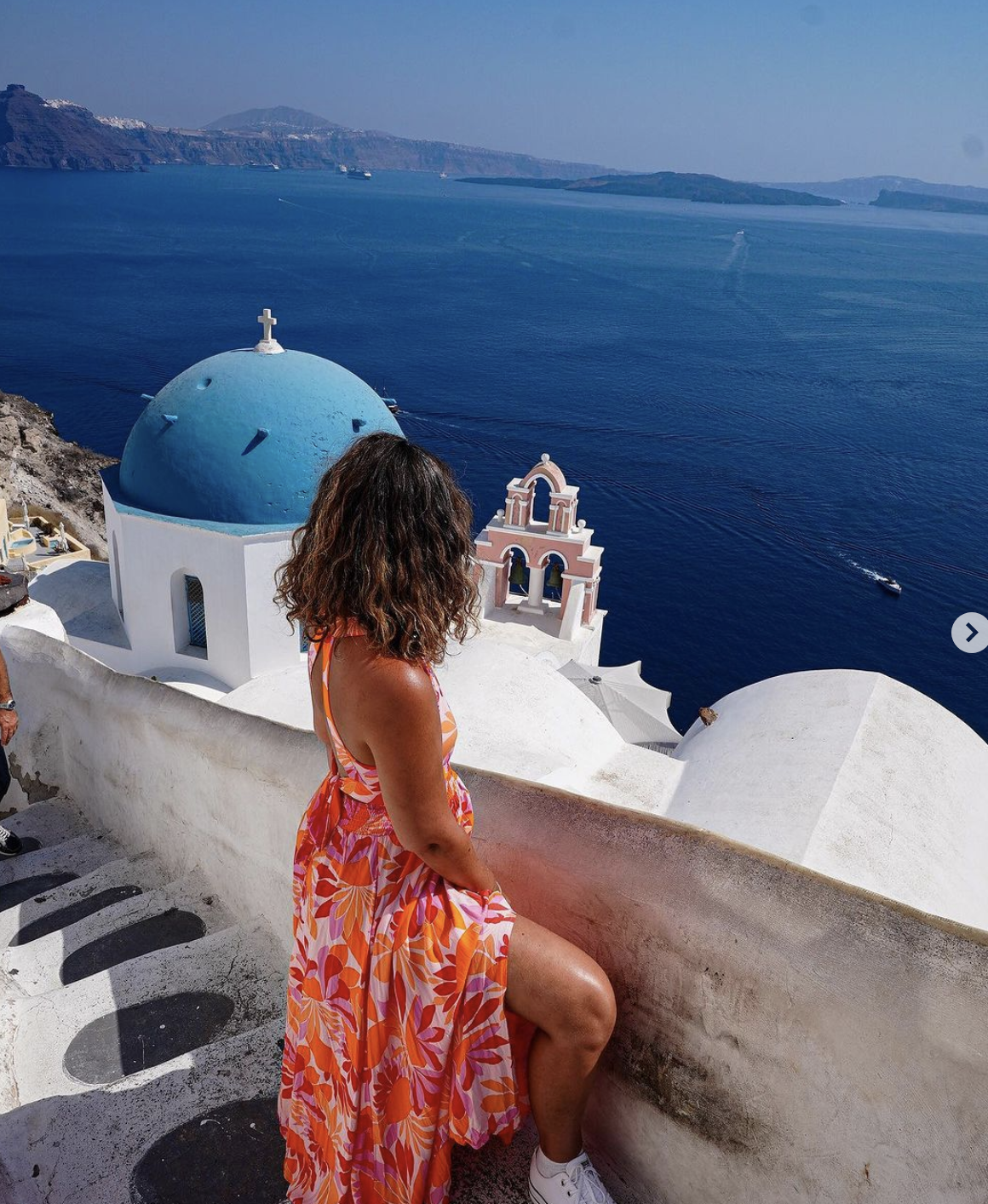

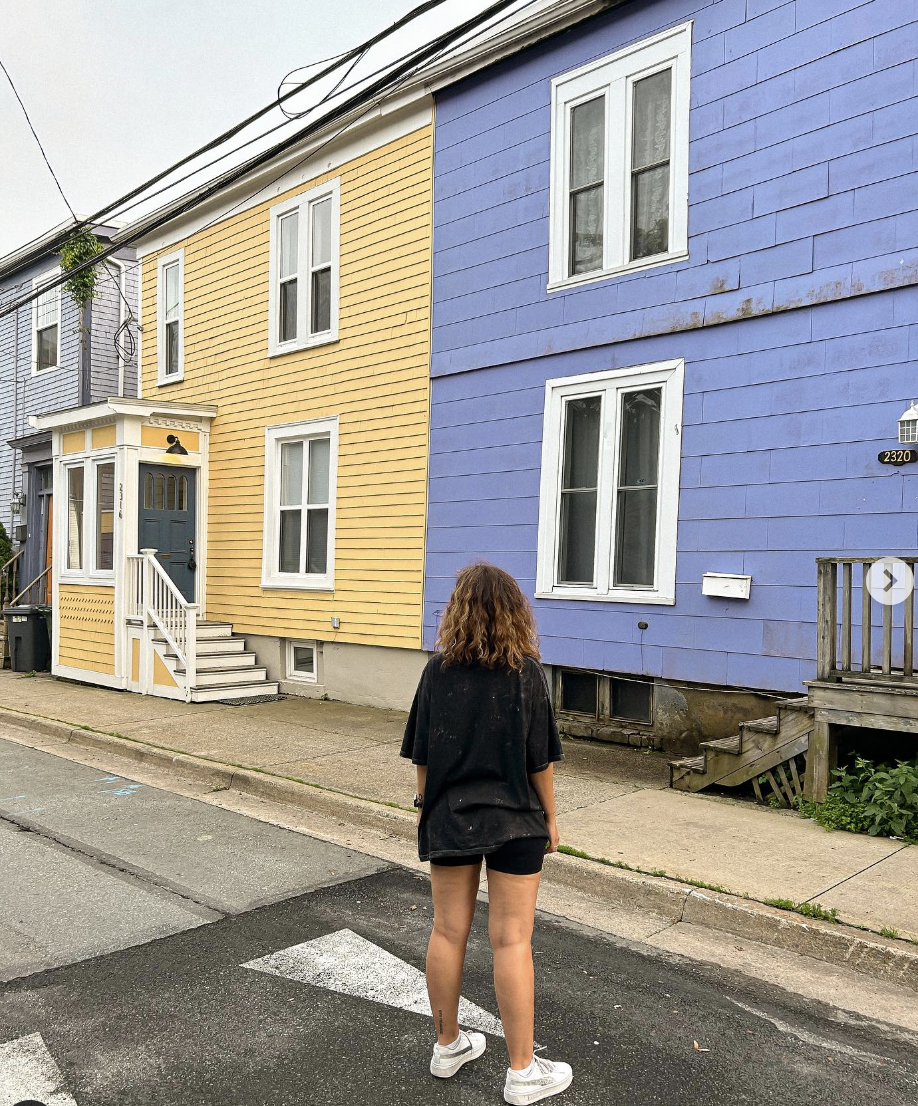
5 comments